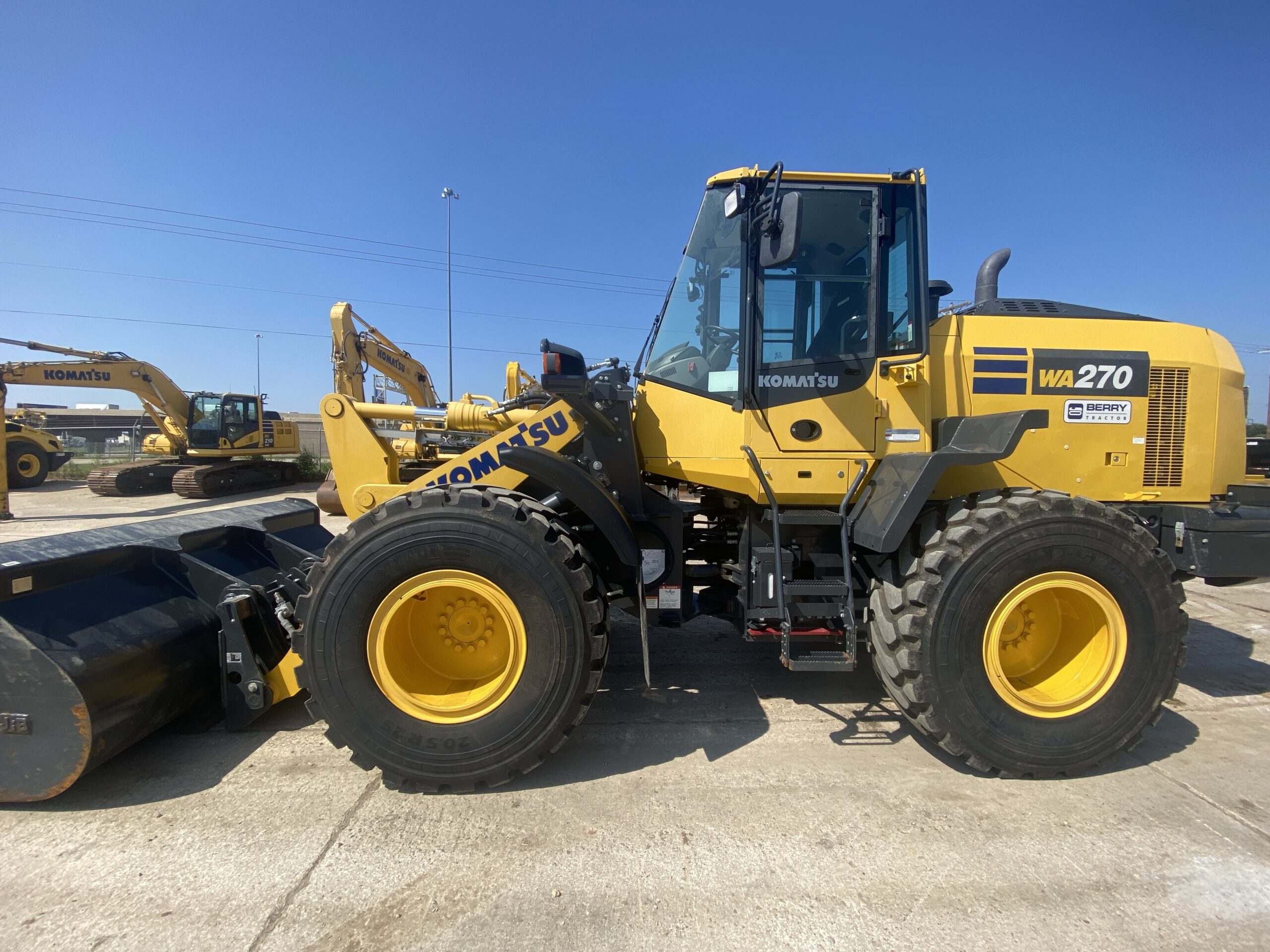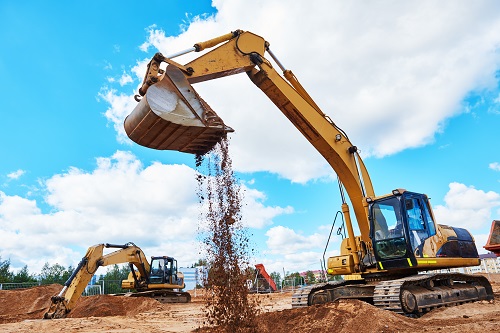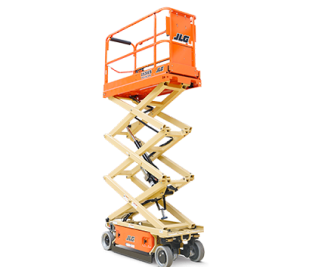The Fundamental Guide to Renting Excavators for Building And Construction Projects
Renting excavators for building jobs is an essential decision that demands a thorough understanding of various aspects to make sure both efficiency and cost-effectiveness. From selecting the suitable excavator type and dimension to discussing rental terms and making certain safety and security procedures, each action plays an essential role in the total success of your project. Understanding these aspects not just enhances productivity yet also assists in lessening expenses. As you take into consideration the complexities of leasing excavators, it's important to comprehend the subtleties that can substantially impact your task. What are these nuances, and exactly how can they influence your construction outcomes?
Kinds of Excavators
Excavators can be found in various types, each designed to execute particular jobs in building projects. One of the most typical type is the basic excavator, also referred to as a spider excavator, which is ubiquitous on the majority of task websites for its adaptability in trenching, digging, and product handling. These machines run on tracks, giving stability and wheelchair over irregular terrain.
One more vital version is the mini excavator, treasured for its compact size and agility. Ideal for little to medium-sized tasks, mini excavators stand out in confined areas where bigger devices would battle. They are often used for landscape design, utility work, and small-scale demolition.
For jobs needing extended reach, the long-reach excavator is vital. Equipped with a longer boom and arm, these equipments can operate in locations that are hard to access, such as throughout water bodies or deep excavations.
Lastly, there are specialized excavators like the suction excavator, which utilizes high-powered followers to vacuum up soil and debris, making it perfect for fragile below ground utilities. The dragline excavator, one more specialized kind, is frequently used in massive civil engineering tasks like canal dredging and mining due to its ability to raise hefty loads over fars away.
Choosing the Right Size
Picking the appropriate dimension of an excavator is vital for the performance and success of any building and construction job. The dimension affects not just the maker's capability to manage specific jobs but also the functional costs and site accessibility. Excavators can be found in numerous dimensions, from small devices suitable for small-scale property jobs to large devices made for substantial business or industrial undertakings.
When deciding on the excavator size,Comprehending the extent of the project is essential. For constrained areas or tasks needing precision, such as trenching for utility lines, a miniature or portable excavator is ideal. These devices supply dexterity and simplicity of maneuverability without compromising on power. Alternatively, massive earthmoving procedures, like road building and construction or large foundation digs, necessitate making use of large or typical excavators. These designs supply improved reach, better bucket capacity, and superior digging force.
Consider the site's terrain and access factors. Larger excavators might deal with obstacles in unequal or limited areas, making smaller sized versions more functional. By thoroughly examining these variables, building supervisors can guarantee they select an excavator size that enhances performance and minimizes job hold-ups.
Rental Arrangement Essentials

Equally important is the comprehensive malfunction of prices. This consists of the day-to-day, once a week, or monthly rental rates, and any additional fees such as cleansing, gas, or distribution costs. It's suggested to ask about potential penalties for late returns or damages to prevent unforeseen costs.
The problem of the excavator at the time of rental must likewise be well-documented. Make sure the contract consists of a comprehensive evaluation report that notes any type of pre-existing damage. This secures you from obligation for concerns that were existing before your rental period started.
Insurance policy protection is one more crucial element. Validate whether the rental business offers insurance or if you require to protect your own plan. Lastly, understand the terms for tools repair and maintenance. Recognizing your obligations for maintenance during the rental period will certainly help keep the excavator in optimal functioning condition, minimizing downtime and improving project performance.
Maintenance and Safety And Security Tips
When taking care of excavators on a construction site, adhering to proper maintenance and security procedures is critical for ensuring both operational effectiveness and worker security. Lubing relocating components and making sure fluid levels are optimal can avoid expensive downtime and expand the equipment's functional life-span.
Precaution are equally vital. Operators needs to be extensively educated and licensed to take care of excavators, understanding the machine's controls and limitations. It's necessary to carry out everyday examinations, concentrating on security functions such as alarms, seatbelts, and emergency situation shutoff changes. Furthermore, preserving a clean and organized worksite minimizes the danger of mishaps. Clear communication protocols, including hand signals and radio communication, need to be established to collaborate operations and activities successfully.
Carrying out a robust maintenance timetable and promoting a society of security can mitigate dangers significantly. Constantly speak with the supplier's handbook for details maintenance periods and security standards. By prioritizing these elements, construction jobs can proceed efficiently, reducing disturbances and making sure a secure working environment for all employees included.
Cost-Saving Techniques
When renting out excavators for construction tasks,Reliable cost-saving techniques are essential for making the most of the return on financial investment. One essential approach is to carry out a thorough requirements assessment before leasing. Understanding the particular demands of your task aids in selecting the best type and size of excavator, stopping unneeded expenses on overly customized or oversized equipment.
Numerous rental firms use flexible rates structures, specifically for long-lasting services. Developing a good relationship with the rental copyright can additionally result in loyalty price cuts and much better terms.

Lastly, consider the complete price of top article possession, including fuel, insurance policy, and transportation. Packing these services with the rental agreement can commonly lead to an extra beneficial total package. By applying these techniques, building and construction projects can accomplish substantial price performances while ensuring functional performance.
Verdict
In final thought, the tactical option and service of excavators for construction tasks require an extensive understanding of excavator types, ideal sizing, and the ins and outs of rental agreements. Implementing cost-saving approaches with meticulous preparation and negotiation can better improve project efficiency while controlling expenditures.
From choosing the suitable excavator kind and dimension to ensuring and bargaining rental terms safety and security procedures, each action plays a critical role in the total success of your job. dozer rental Bremen GA. The most usual type is the conventional excavator, likewise recognized as a crawler excavator, which is common on most task websites for its flexibility in digging, material, and trenching handling. By extensively assessing these factors, building supervisors can ensure they pick an excavator dimension that enhances performance and minimizes job hold-ups

Knowing your responsibilities for upkeep during the rental period will assist keep the excavator in optimum functioning problem, lessening downtime and boosting task effectiveness.
In final thought, the calculated choice and rental of excavators for construction projects necessitate a thorough understanding of excavator kinds, ideal sizing, and the details of rental arrangements.